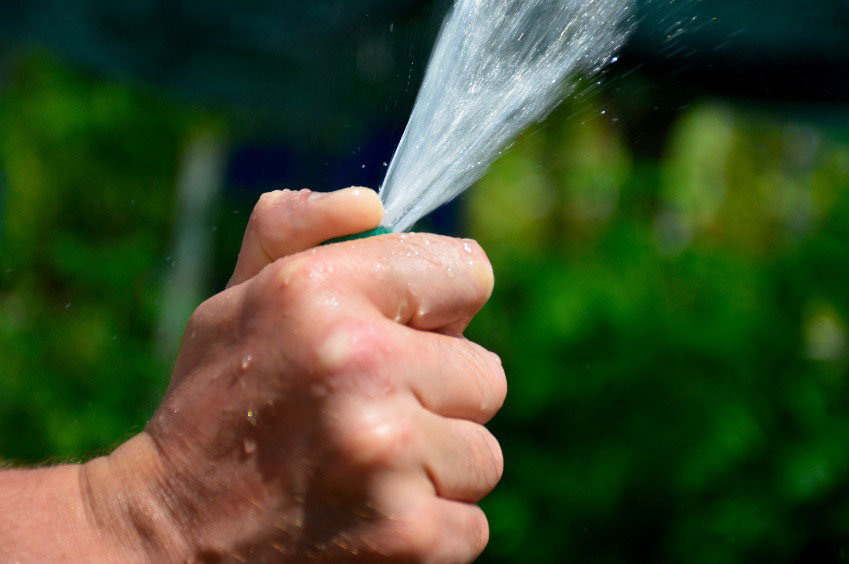Developing a Pressure Ulcer
Obstruction to blood supply to the skin occurs from prolonged unrelieved pressure between the body and the support surface (ie wheelchair or recliner seat, mattress or more). This often results in pressure related injuries aka. bed sores, pressure ulcers, especially for those less mobile who are unable to reposition.
When blood flow to the skin is reduced or completely obstructed, certain metabolic changes occur within the skin. These changes include the accumulation of metabolic byproducts like carbon dioxide, lactate, and adenosine, as well as the depletion of oxygen and nutrients. Prolonged depletion of oxygen and nutrients to skin cells will cause cells to malfunction and die and a pressure wound to form.
Reactive hyperemia occurs when the obstruction to blood flow is removed or reduced. This allows vital oxygen and nutrients to reach the affected skin.
What is Reactive Hyperemia?
Reactive hyperemia is the body's response to periods of inadequate blood supply to a tissue or organ such as the skin. This process is the basis of the alternating pressure therapy that is recognized as the clinically effective standard of care for the prevention and treatment of pressure wounds in hospitals and wound care clinics world wide. Reactive hyperemia in wound care, refers to the increase of blood circulation in the small arteries and capillaries after the skin has experienced a temporary obstruction in blood flow.
An example of reactive hyperemia in its simplest form.

Picture a garden hose. Pinch-off a garden hose with a thumb creating an obstruction in flow. Maintain the obstruction for 30 seconds and then release the pressure. The result is an initial pulse of water. Applied to the skin, the sudden restoration of blood flow surpasses normal levels in the affected area. In wound care, Alternating Pressure therapy with its timed cycles of "alternating pressure" is based on Reactive Hyperemia. Slight pressure applied to the skin, once released, forces increased flow of blood into the skin. This increase in blood flow compensates for the oxygen and nutrient debt incurred during the period of reduced blood supply.
How to Relieve Pressure to the Skin Improve Blood Flow and Prevent & Treat Pressure Wounds
Patient repositioning, pressure redistribution foam, Alternating Pressure Low Air Loss Mattress Systems, Lateral Rotation Mattress Systems, Air Fluidization Beds all help reduce interface pressures between the body and the support surface. These techniques help reduce the restriction of blood flow and promote improved blood supply.
How Reactive Hyperemia Improves Blood Flow to Prevent and Treat Pressure Wounds.
In addition to the release of the physical/mechanical forces that increase blood flow, there is a complex interplay of metabolic factors and cell signaling that work to allow the rapid and increased restoration of blood supply.
The accumulation of metabolic byproducts during the lack of blood flow triggers the body to respond. One such byproduct, adenosine, stimulates the release of vasodilator substances such as nitric oxide (NO). Nitric Oxide causes the relaxation of the smooth muscle cells in the blood vessel wall (Endothelial cells). When the blood vessel wall relaxes it opens/dilates allowing more blood to flow to the affected skin. The increased blood flow delivers vital oxygen, nutrients required for skin health, and is essential for healing of pressure wounds.
Reactive hyperemia serves as an essential physiological mechanism to restore blood flow crucial for the prevention and treatment of pressure wounds.

About the Author:
Jeff Adise has worked in the wound care industry for over 27 years. He is a product specialist and the developer of innovative therapeutic support surfaces for the treatment and healing of Stages I-IV pressure injuries in home recliners, lift chairs, wheelchairs, and beds. His innovative products are recommended for use by wound care specialists, physicians, and caregivers, across the US. In addition, Jeff is currently collaborating with a team of Doctors and Ph.D. researchers to develop and gain FDA approval for a groundbreaking new topical drug. The promising new drug has been shown to greatly improve the quality and speed of wound healing while reducing infection.To Contact Jeff
E-mail: jeff@comfortsbest.com
Phone: (914) 262-7458

 © 2022 Comforts Best. All Rights Reserved.
© 2022 Comforts Best. All Rights Reserved.